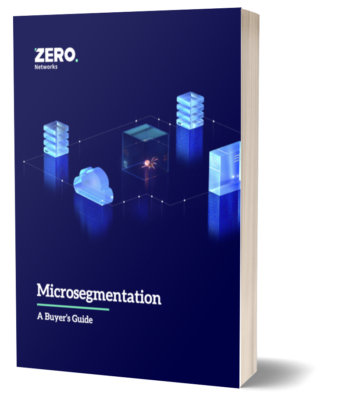The recent cyber-attack on MGM Resorts by the elusive 'Scattered Spider' hacking group serves as a stark reminder of the ever-present dangers in the digital realm. It’s past time to admit that the belief that cybersecurity breaches can be avoided is false; breaches are still happening on a large scale, despite huge investments in cyber defense. Cybersecurity priorities must shift from defensive strategies to the management of disruption through resilience.
The MGM Resorts Cyber Attack: A Wake-Up Call
The cyber-attack on MGM Resorts, as reported by Reuters on September 13, 2023, is a clear indicator of the escalating sophistication of cybercriminals. Such attacks not only disrupt business operations but also carry significant financial and reputational risks. Moody's even characterized the breach as "credit-negative," underlining the long-lasting impact of such incidents.
A brief overview: the 'Scattered Spider' ransomware attack compromised MGM Resorts' sensitive data, demanding a hefty ransom in exchange for its release. While the company's security measures were robust, the attackers exploited weaknesses to gain access to the network. Once inside, they moved laterally, compromising multiple systems, and causing widespread damage.
The Role of Microsegmentation in Ransomware Defense
Microsegmentation is a cybersecurity strategy that divides an organization's network into smaller, isolated segments or zones. Each segment operates independently and requires explicit permissions for communication, effectively creating an internal zero-trust architecture. This approach prevents lateral movement by cybercriminals within the network, even after initial access has been gained.
How Microsegmentation Thwarts Ransomware Attacks
Ransomware attacks, such as the one targeting MGM Resorts, typically rely on lateral movement to maximize the impact and extort higher ransoms. Here's how microsegmentation steps in to thwart these attacks:
- Isolation of Critical Assets: Microsegmentation allows organizations to isolate critical assets and data, rendering them inaccessible to attackers who have breached other parts of the network. This containment limits the damage and potential leverage cybercriminals can exert.
- Segment-Level Authentication: Each segment within the network requires its own set of credentials for access. Even if attackers gain a foothold in one segment, they are effectively locked out of others, preventing them from moving laterally.
- Real-time Monitoring and Anomaly Detection: Microsegmentation solutions continuously monitor network traffic and behavior. Any unauthorized or suspicious activity is flagged immediately, enabling swift responses to potential threats.
- Automated Policy Enforcement: With automation, policies governing network access can be enforced consistently and rapidly. Unauthorized access attempts are automatically blocked, reducing the window of opportunity for attackers.
Zero Networks Segment: Microsegmentation for Today's Modern Challenges
Zero Networks offers a cutting-edge microsegmentation solution, Zero Networks Segment™️, designed to address the modern challenges of network security. This solution boasts several key differentiators that make it stand out from the competition:
- Automated and Agentless: Zero Networks Segment takes the complexity out of microsegmentation. It automates policy design and doesn't require agents to be installed on every device or server. This streamlines implementation and maintenance, reducing the administrative burden on IT teams.
- Multi-Factor Authentication (MFA) Enabled: MFA adds an extra layer of security by requiring multiple forms of authentication for access. Zero Networks Segment integrates MFA seamlessly into the microsegmentation process, ensuring that only authorized users can access specific segments.
- Scalability: One of the most significant challenges in implementing microsegmentation is scalability. Zero Networks Segment is designed to be implemented at scale across large enterprise networks. Whether you have ten or ten thousand devices, this solution can adapt to your needs.
- Effective Zero Trust Architecture: Zero Networks Segment aligns perfectly with the principles of a zero-trust network. It assumes that no one, whether inside or outside the network, should be trusted by default. Instead, trust is earned based on verification and validation, ensuring a robust security posture.
In conclusion, ransomware attacks are becoming increasingly sophisticated, emphasizing the need for robust and resilient cybersecurity measures. Microsegmentation, as exemplified by Zero Networks Segment, offers a powerful defense mechanism against such attacks. By isolating critical assets, enforcing segment-level authentication, and providing real-time monitoring, microsegmentation stops ransomware attackers in their tracks, preventing lateral movement and limiting damage; request a demo today!



